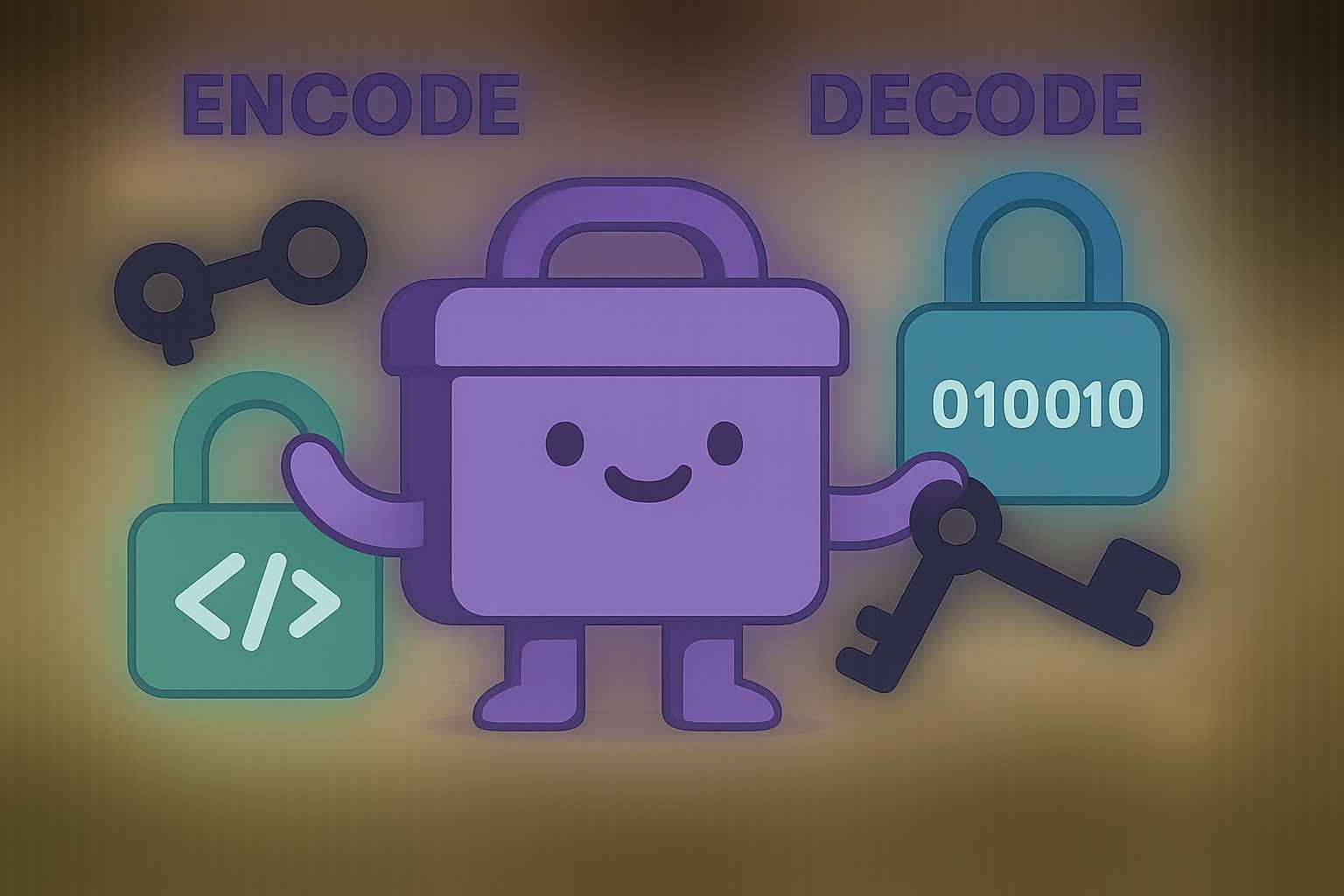Boost Your Efficiency: Unlock the Potential of Tooly's Encoder/Decoder Tools

In today's digital landscape, efficient data handling is paramount for developers and everyday users alike. Tooly's Encoder/Decoder tools are meticulously designed to simplify text and data transformations, ensuring both security and ease of use. Whether you're working with URLs, Base64 encoded data, or JSON strings, mastering these tools can significantly enhance your online projects and communication.
Understanding URL Encoding and Decoding
URL encoding is essential for converting characters into a format that can be safely transmitted over the internet. This process replaces unsafe ASCII characters with a "%" followed by two hexadecimal digits. For instance, a space character is encoded as "%20". Tooly's URL Encoder/Decoder simplifies this process, allowing you to manage and safeguard online communications effectively.
Harnessing the Power of Base64 Encoding
Base64 encoding is a method of converting binary data into an ASCII string format, making it suitable for transmission over text-based protocols. This technique is particularly useful in various scenarios:
- Embedding Images in HTML or CSS: By encoding images into Base64, developers can embed them directly into HTML or CSS files, reducing the number of HTTP requests and potentially improving page load times. (itoolkit.co)
- Email Attachments: Email protocols like SMTP are text-based and cannot handle binary data directly. Base64 encoding allows binary files, such as images or documents, to be converted into a text format, ensuring that email attachments remain intact during transmission. (blog.mutantmail.com)
- Data Transmission via APIs: When communicating with APIs, Base64 encoding ensures that binary data, such as file uploads, can be safely transmitted without corruption. (codefiner.com)
Practical Applications and Best Practices
Implementing encoding and decoding techniques can significantly enhance your workflow:
- Embedding Small Images: For small, frequently used images like icons or logos, Base64 encoding can reduce HTTP requests, leading to faster page loads. However, it's important to note that Base64-encoded images are approximately 33% larger than their binary counterparts, which can increase page size if overused. (blog.vitabletech.in)
- Secure Data Transmission: Encoding sensitive data before transmission adds an extra layer of security by rendering the data unreadable to casual observers. While not a substitute for encryption, Base64 encoding provides basic obfuscation, enhancing the overall security of data transmission. (celerdata.com)
- Storing Data in Cookies or Local Storage: Base64 encoding allows developers to store binary data in cookies or local storage by converting it into a text format, ensuring data integrity and compatibility across different platforms and applications. (succeedpython.com)
Conclusion
By mastering Tooly's Encoder/Decoder tools, you can protect sensitive information, optimize your workflow, and enhance your web development skills effortlessly. Understanding and implementing encoding techniques like URL and Base64 encoding are essential steps toward achieving greater efficiency and security in your digital endeavors.
